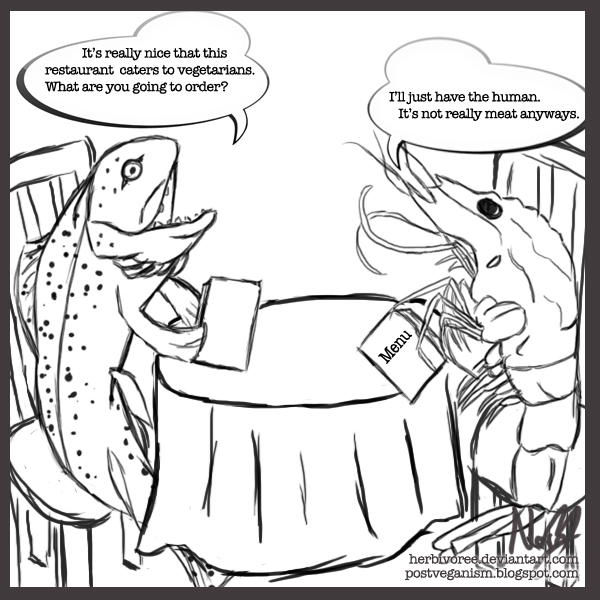McBell
Resident Sourpuss
A lab analysis commissioned by the New York Times found no identifiable tuna DNA in Subway’s tuna sandwich, according to the newspaper.
In its own statement, the fast-food giant fired back at the report and said it was not a "reliable way" to test processed tuna.
A Times reporter bought more than 60 inches of Subway tuna sandwiches from three different locations in Los Angeles. The reporter, who ordered the sandwiches without vegetables, cheese or dressing, packed the tuna meat into Ziploc bags and stuffed them in a styrofoam shipping cooler with ice packs to be tested, the report said.
...
After more than a month, the lab returned the results and said it found that "no amplifiable tuna DNA was present in the sample and so we obtained no amplification products from the DNA."
"Therefore, we cannot identify the species," the food testing lab, which did not want to be named, told the Times.
A lab spokesperson offered further analysis to the newspaper, saying there were two different conclusions from the test.
"One, it’s so heavily processed that whatever we could pull out, we couldn’t make an identification. Or we got some and there’s just nothing there that’s tuna," the lab spokesperson said.
...
Subway’s tuna sandwiches are also not the first product questioned by customers. In 2014, Subway made headlines for announcing the removal of the controversial chemical azodiacarbonamide, also found in yoga mats, from its bread products.
Lab test of Subway tuna sandwiches fails to detect tuna DNA, report saysIn its own statement, the fast-food giant fired back at the report and said it was not a "reliable way" to test processed tuna.
A Times reporter bought more than 60 inches of Subway tuna sandwiches from three different locations in Los Angeles. The reporter, who ordered the sandwiches without vegetables, cheese or dressing, packed the tuna meat into Ziploc bags and stuffed them in a styrofoam shipping cooler with ice packs to be tested, the report said.
...
After more than a month, the lab returned the results and said it found that "no amplifiable tuna DNA was present in the sample and so we obtained no amplification products from the DNA."
"Therefore, we cannot identify the species," the food testing lab, which did not want to be named, told the Times.
A lab spokesperson offered further analysis to the newspaper, saying there were two different conclusions from the test.
"One, it’s so heavily processed that whatever we could pull out, we couldn’t make an identification. Or we got some and there’s just nothing there that’s tuna," the lab spokesperson said.
...
Subway’s tuna sandwiches are also not the first product questioned by customers. In 2014, Subway made headlines for announcing the removal of the controversial chemical azodiacarbonamide, also found in yoga mats, from its bread products.
What I find interesting is these two bits from the article:
"A recent New York Times report indicates that DNA testing is an unreliable methodology for identifying processed tuna. This report supports and reflects the position that Subway has taken in relation to a meritless lawsuit filed in California and with respect to DNA testing as a means to identify cooked proteins. DNA testing is simply not a reliable way to identify denatured proteins, like Subway’s tuna, which was cooked before it was tested," a Subway spokesperson said in part.
In February, Inside Edition commissioned its own Subway tuna sandwich test after purchasing three sandwiches from locations in New York. The outlet sent samples to a lab in Florida that specializes in DNA testing of fish, which found that the substance was "definitely" tuna.


